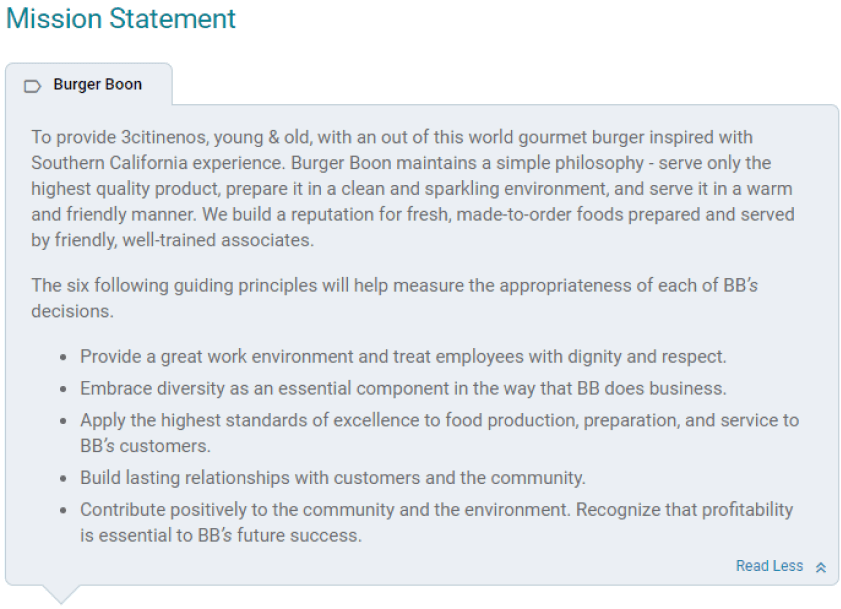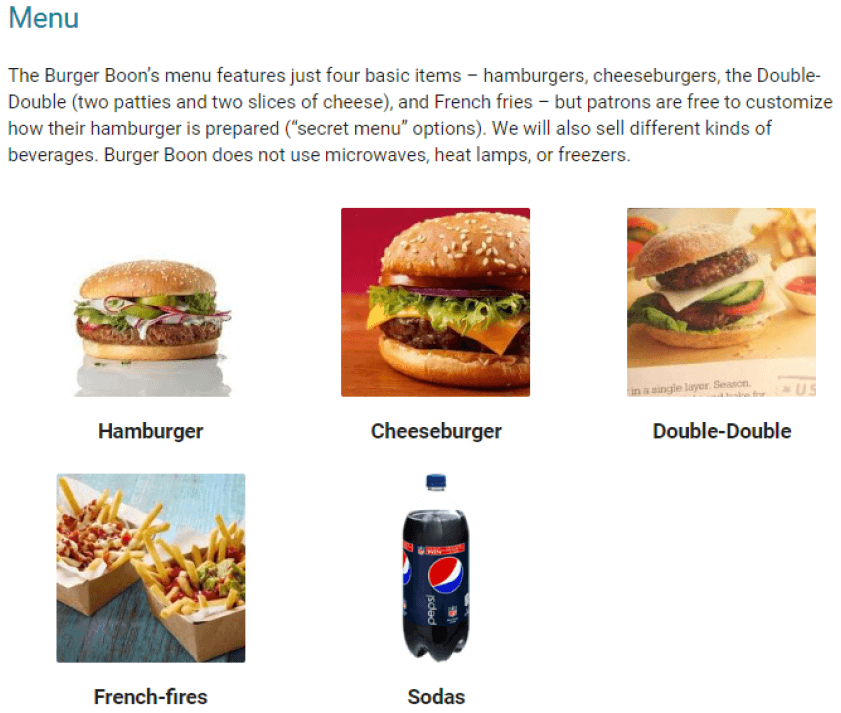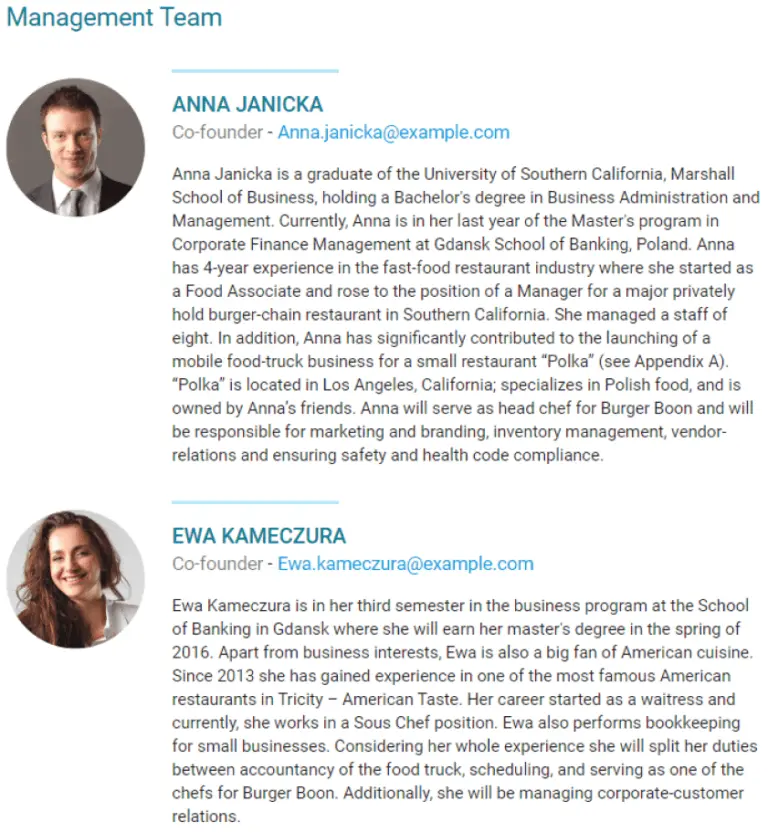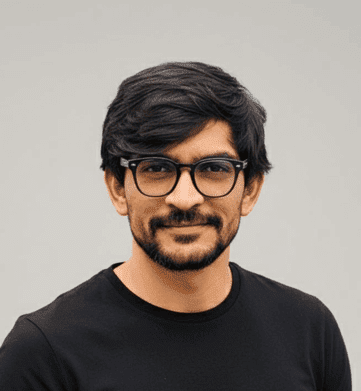Street food is booming, and it’s not slowing down. With more people choosing quick meals, bold flavors, and casual dining, food trucks are popping up everywhere.
If you’re thinking about starting one, this is a great time to do it!
But here’s the thing: a cool truck and good food aren’t enough. You need a solid plan to actually keep it running.
Whether you’re just starting out or trying to grow, having a clear plan helps you stay on track and avoid messing things up.
Not sure how to write one?
This food truck business plan template will help you figure it out—step by step.
Key Takeaways
- A business plan offers strategic direction for your food truck business, helping you set and achieve your goals.
- The executive summary is an important part, so keep it briefly engaging.
- Conducting a thorough industry analysis is crucial to understanding the food truck market, including its size, trends, key players, and local demographics.
- With high competition in the food industry, you need a robust marketing plan.
- Keep your financial projections practical and do not have extravagant expectations.
How to Write a Food Truck Business Plan
Now, you’ll learn how to write a complete food truck business plan—step by step, with clear tips and examples to help you get started.
1. Executive Summary
The executive summary is the first part of your food truck business plan, but it’s often best to write it last. Once you’ve worked out all the details in the rest of your plan, this section becomes much easier to pull together.
Here’s what to include in your food truck executive summary:
- Business overview: Start by giving a quick snapshot of your business. What’s your food truck called? Where will it operate? Mention anything unique or memorable about your concept.
- Products and services: Explain what you’ll offer. List your main menu items, sides, drinks, and any extras like event catering or weekend pop-ups.
- Mission statement: Share your mission—why you’re starting this food truck in the first place. Are you focused on fresh ingredients? Affordable street food? A fun customer experience?
- Market opportunity: Mention current food truck trends, growth stats, or gaps in the local market you plan to fill. This shows you’ve done your homework.
- Business goals: Add in your goals. Are you aiming to break even in your first year? Launch a second truck in two? Be clear but realistic.
Wrap it up with a quick financial snapshot: how much you need to get started, what you’ll spend it on, and how much you expect to make in your first year. If you’re looking for funding, say how much and what it’s for.
In short, keep this section short—one to two pages max. Avoid going into too much detail. The main goal is to get readers interested enough to keep reading the full plan.

Tip: the executive summary is a quick overview, so keep it simple and engaging.
Say goodbye to boring templates
Build your business plan faster and easier with AI
Plans starting from $14/month

2. Company Overview
Provide detailed information about your food truck business in this section. It includes the food truck concept, name, location, legal structure of your business, and everything else about your business.
Here is an example of a business description made by the use of Upmetrics:

Also, do not forget to mention the type of food truck you are going to start, for instance, your business might be the one from below:
- Gourmet food trucks
- Taco trucks
- Pizza trucks
- Burger and sandwich trucks
- Dessert trucks
If you already have another local food truck and this is the other one, then write the business history about your food business.
After that, mention the vision and mission of your food truck business along with the future goals. Include the names, qualifications, and specializations of the owners.
3. Industry Analysis
The industry analysis will give you all the details about the food industry you are going to enter. It will support you in a better understanding of your business.
Here are some types of questions you might ask while conducting a food industry analysis:
- What is the current size of the food truck industry in the USA?
- What are the major trends in the food truck industry?
- Who are the huge players in the industry and what is their market share?
- How is technology affecting the food truck industry?
- What is the average price range and spending limit of the customers?
In short, industry analysis will help you have a better understanding of the market and support you in making informed decisions.
4. Competitive Analysis
Competitive analysis will help you to know the price point and positioning of your business in the food industry. This way you will also get to know about your direct and indirect competitors, as in other food trucks in your location.
Start your competitive analysis section by listing all your competitors with all their plus points and negative points. Some of the questions you might ask to know your competitors are:
- What food items does their menu include?
- What is their market share?
- What are their USPs and what do their customers like about them the most?
- How much does a food truck cost?
- What is their pricing strategy?
- What are the weaknesses through which you can have a competitive advantage?
After getting all the above answers, analyze your strengths, weaknesses, opportunities, and threats to get a better understanding of your USPs.
This way you can get to know the USP of a food truck business. Once you get the USP, flaunt it in your own business plan.
5. Market Analysis
Competition in the restaurant industry is high, and to get a small gap to enter the market is a huge opportunity. Once you enter the market, it is time to define and mention your target market first.
Your target audience will depend on the type of food truck services you provide and the location of your food truck.
Once you know who you are going to serve, then understand the market by knowing the current trends and customer preferences. For example, some of the market trends for a food truck are:
- Health conscious diet
- Local sourcing
- Food transparency
- Kiosks (contactless ordering and payment)
- Creative menu items
At the end of the market analysis, do mention the regulatory environment a food business needs to follow in the particular location.
6. Sample Menu
One of the most necessary steps to launch your food truck business is designing the sample menu. Generally, food truck businesses provide fast-preparing meals.
A sample menu forces you to think about what will you make and serve your customers. Consider where you will store uncooked food, what you will need to prepare that food, and what you will use to serve that food to your customers.
Your menu should be in coordination with your target customers; for example, if you have students around the corner then design your menu with fast-serving dishes.
The menu is also a part of your branding, so keep the color and design of the menu the same as your food truck. Here is an example of including your menu in the food truck business plan:

7. Sales and Marketing Plan
You can see a food truck in the corner of every alley, so you need to reach customers and not wait for them to come to you. For that, you will need a food truck marketing strategy in place. Some of the strategies are:
Website
Create a professional and mobile-friendly website including your location, contact information, and images of the food items you offer. This will help local customers find you online.
Social media marketing
Maintain active profiles on TikTok, Twitter, FaceBook, Instagram, and all other major social media platforms to spread your reach. It will help your target market to recognize you and will interest them to visit your food truck.
Loyalty programs
Think of implementing a loyalty program to reward your existing customers. You can offer free food dishes, BOGO offers, discounts, or any other such thing. These programs can help you increase the customer retention rate and encourage them to visit your business more.
Community engagement
Participate in food truck gatherings, local events as a stall, and other fun food festivals. Engage with the local community by sponsoring or collaborating with local organizations. Building a strong local reputation can help you reach a wide customer base.
Email marketing
Send regular newsletters, special offers, discounts, and event invitations to everyone whose details you got from your website. Email marketing can be a powerful tool for customer retention and engagement.
8. Management team
Letting your readers or investors know who is behind your food truck will allow them to understand your business more.
The management team is all about who is behind the wheels of your food truck and what are their roles. If you are starting a new food truck, then showcasing your experienced managers or head chef will make your business look stronger.
Here is an example of a management team:

9. Business Operations
This section explains how your food truck will run day to day—what you’ll do, where you’ll go, and how it all comes together.
Start with your daily routine: food prep, opening the truck, taking orders, serving, cleaning, and restocking. Keep it practical.
Then cover your schedule. Will you operate during lunch hours, weekends, or special events? Share when and where you’ll park—like downtown spots, office areas, or festivals.
Talk about food prep. Will everything happen in the truck, or will you use a commissary kitchen? Mention how you’ll store ingredients and follow safety rules.
Next, include the basic equipment: grill, fridge, prep space, POS system—whatever you need to serve food efficiently.
Don’t forget to list the permits you’ll need—business license, food truck permit, health inspection, and any local requirements.
Lastly, add your staffing plan. Will you run the truck solo or hire help? Just note how many people you’ll need and their roles.
Overall, this section should show that you’re ready to run your truck like a pro, not just cook, but operate smoothly every day.
10. Financial Plan
For a successful food truck business, you will need a proper financial plan for food truck with realistic financial projections. In this section add the financial statements like income statement, cash flow statement, and balance sheet for 3-5 years.
Income statement
An income statement is also known as a profit and loss statement, which describes the profitability of the business by deducting expenses from revenue.
The income statement is one of the important things your investors will focus on. So, don’t be greedy and display huge impractical numbers.
| Category | Amount (USD) |
|---|---|
| Revenue | |
| Food Sales | $150,000 |
| Beverage Sales | $30,000 |
| Catering/Events Income | $20,000 |
| Total Revenue | $200,000 |
| Cost of Goods Sold | |
| Food Ingredients | $40,000 |
| Beverages | $8,000 |
| Packaging | $2,000 |
| Total COGS | $50,000 |
| Gross Profit | $150,000 |
| Operating Expenses | |
| Truck Lease/Maintenance | $12,000 |
| Fuel | $6,000 |
| Salaries/Wages | $48,000 |
| Permits & Licenses | $3,000 |
| Insurance | $2,500 |
| Marketing | $5,000 |
| Miscellaneous | $3,500 |
| Total Operating Expenses | $80,000 |
| Net Operating Income | $70,000 |
| Taxes (20%) | $14,000 |
| Net Profit | $56,000 |
Balance sheet
Balance sheets display your assets and liabilities. Although they can contain a lot of details, like equity, goodwill, other intangible assets, etc.
| Category | Amount (USD) |
|---|---|
| Assets | |
| Cash | $27,000 |
| Accounts Receivable | $3,000 |
| Inventory | $5,000 |
| Food Truck & Equipment | $50,000 |
| Less: Accumulated Depreciation | ($10,000) |
| Total Assets | $75,000 |
| Liabilities | |
| Accounts Payable | $5,000 |
| Loans Payable | $20,000 |
| Total Liabilities | $25,000 |
| Owner’s Equity | |
| Owner’s Capital | $50,000 |
| Total Equity | $50,000 |
| Total Liabilities and Equity | $75,000 |
Cash flow statement
Your cash flow statement helps you see how much money you need to start or grow your business and avoid running out of money. This cash flow should be maintained even for certain months after launch that is before you start making profits.
Surprisingly, you can make a profit but still face financial problems that could lead to bankruptcy. Therefore, you will need proper cash flow planning to avoid such circumstances.
| Category | Amount (USD) |
|---|---|
| Cash Inflows | |
| Cash from Sales | $200,000 |
| Initial Capital | $25,000 |
| Loan Proceeds | $30,000 |
| Total Inflows | $255,000 |
| Cash Outflows | |
| Equipment Purchase | $40,000 |
| Inventory | $50,000 |
| Salaries & Wages | $48,000 |
| Operating Expenses | $80,000 |
| Loan Repayment | $10,000 |
| Total Outflows | $228,000 |
| Net Cash Flow | $27,000 |
Why do You Need a Business Plan for Your Food Truck?
If you are wondering why there is a lot more voice for a business plan, then consider this:
- A food-truck business plan offers a strategic direction to your business goals and helps you achieve them.
- A business plan will also help you understand the finances of your business and help you to secure funding.
- It will clarify the vision of your food truck, so you can focus on the daily operations.
- Also, it allows you to know specific risks you might face in the future, as a result, you will be prepared.
Now that you have plenty of reasons to have a food truck business plan, start writing one.
Food Truck Industry Highlights (2025)
Before we get into the business plan, let’s take a quick look at some food industry trends and facts:
- The global food truck market is heating up, rising from $4.04 billion in 2024 to $4.36 billion in 2025. This shows a strong CAGR of 7.9%.
- By 2029, the market could hit $5.8 billion, thanks to tech upgrades, healthier menus, and the rise of mobile ordering.
- In the U.S., the industry is worth around $2.4 billion in 2025, growing at a solid 10% per year over the last five years.
- There are approximately 58,064 food truck businesses across the U.S. as of 2024, marking a 10.3% increase from 2023.
- Plant-based and vegan options are becoming the norm, with demand jumping 200% in just three years.
- And when it comes to ordering, many trucks are going digital. QR codes, mobile apps, and even AI-driven suggestions are making the food truck experience quicker and more personal.
Related Food Truck Resources
Download a Food Truck Business Plan Template
Ready to kick-start your business plan writing process? And not sure where to start? Here you go, download our free food truck business plan pdf, and start writing.
This intuitive, modern, and investment-ready template is designed specifically for food truck businesses. It includes step-by-step instructions & examples to help in creating your own food-truck business plan.
The Quickest Way to turn a Business Idea into a Business Plan
Fill-in-the-blanks and automatic financials make it easy.
Write Your Business Plan with AI
Lastly! With the help of our food truck business plan template, you know how to write a business plan. So, you are a step closer to starting or expanding your food truck business exciting, right?
You know what else is exciting? Making your business planning process a lot smoother than this; yes, it is possible with the AI assistant of Upmetrics.
So, take a deep breath as we will take care of your business plan, and focus only on your business operations.




